UNCP History
Established in 1887 as a result of legislation focused on training American Indian teachers, UNCP has since grown significantly. What started as a clapboard, two-story building that was home to just 15 students has grown into a staple North Carolina institution for thousands of graduates from diverse backgrounds. Today, it stands as a campus brimming with a rich UNCP history.
A Timeline of UNCP History

Early 1900s
1905 - First diploma awarded
1909 - Campus moved to Pembroke, the center of the Indian community
1911 - Name changed to the Indian Normal School of Robeson County
1913 - Name changed to Cherokee Indian Normal School of Robeson County
1926 - A two-year postsecondary teacher training program was instituted
Mid-Century
1933 - Two-year college coursework added
1939 - Four-year college coursework added
1940 - First four-year degrees conferred
1941 - Name changed to Pembroke State College for Indians
1943 - Non-teaching baccalaureate degrees added
1945 - College opened to all federally recognized Indian groups
Late 1900s
1953 - Admission of up to 40% white students approved
1954 - Admission of people of all races approved
1969 - Name changed to Pembroke State University
1972 - Established as a constituent institution of the University of North Carolina
1978 - Master of Arts in Education program established
1996 - Officially named the University of North Carolina at Pembroke
Campus Landmarks
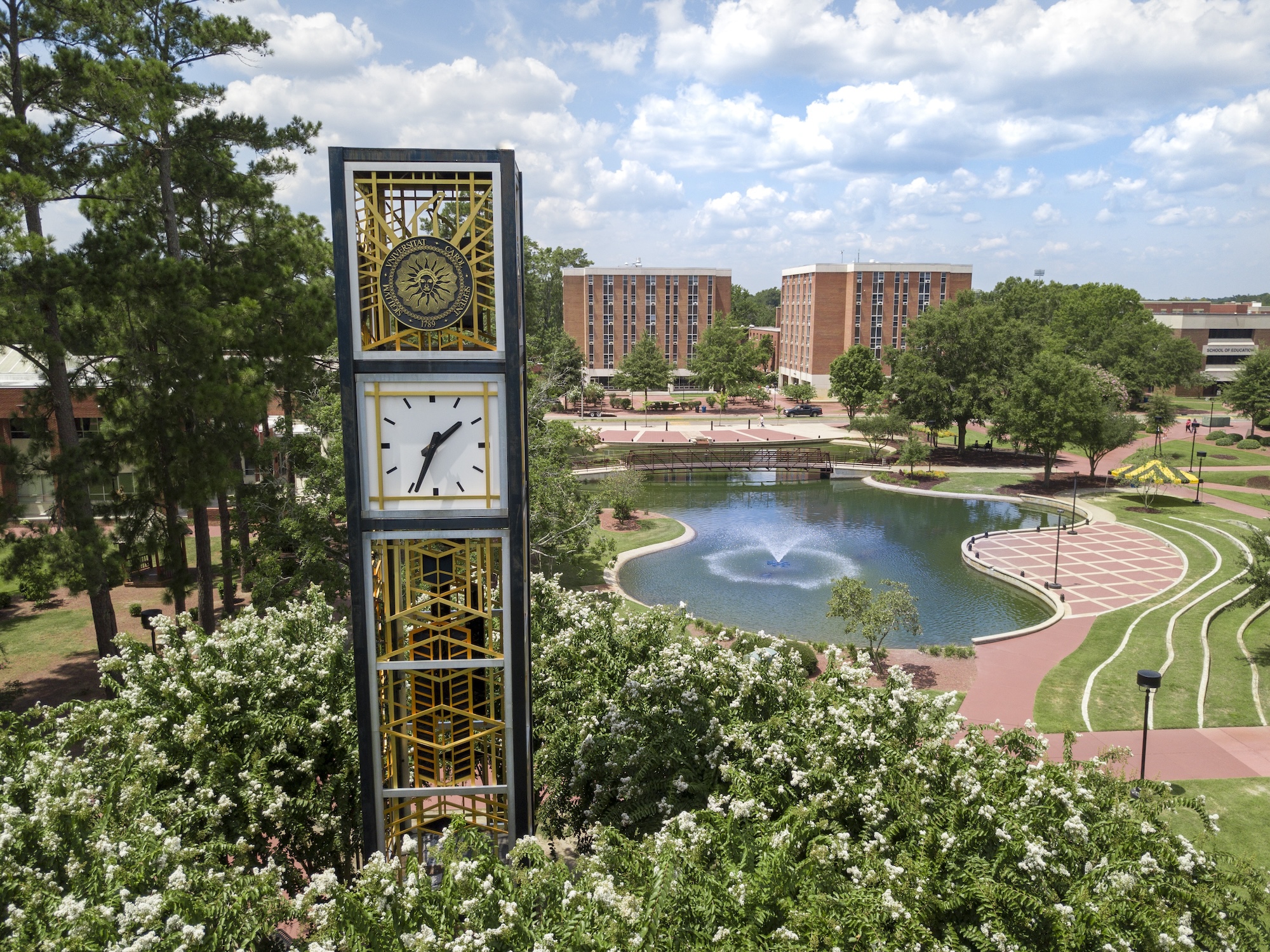
In the center of the Quad stands the Lowry Bell Tower, a landmark dedicated in 1981 in honor of the late Ira Pate Lowry (1906-1992) and his wife Reba Millsaps Lowry (1906-1980), who contributed $20,000 for the carillon bells. Mrs. Lowry was a foreign language professor, advisor to the Indianhead, the first Dean of Women and the director of the Pembroke Players and Women’s basketball coach. Mr. Lowry served as chair of the Music Department from 1935 to 1957. The Lowrys wrote the music and lyrics to “Hail to UNCP,” the school’s alma mater, which plays from the bell tower at noon and 6 p.m. daily.
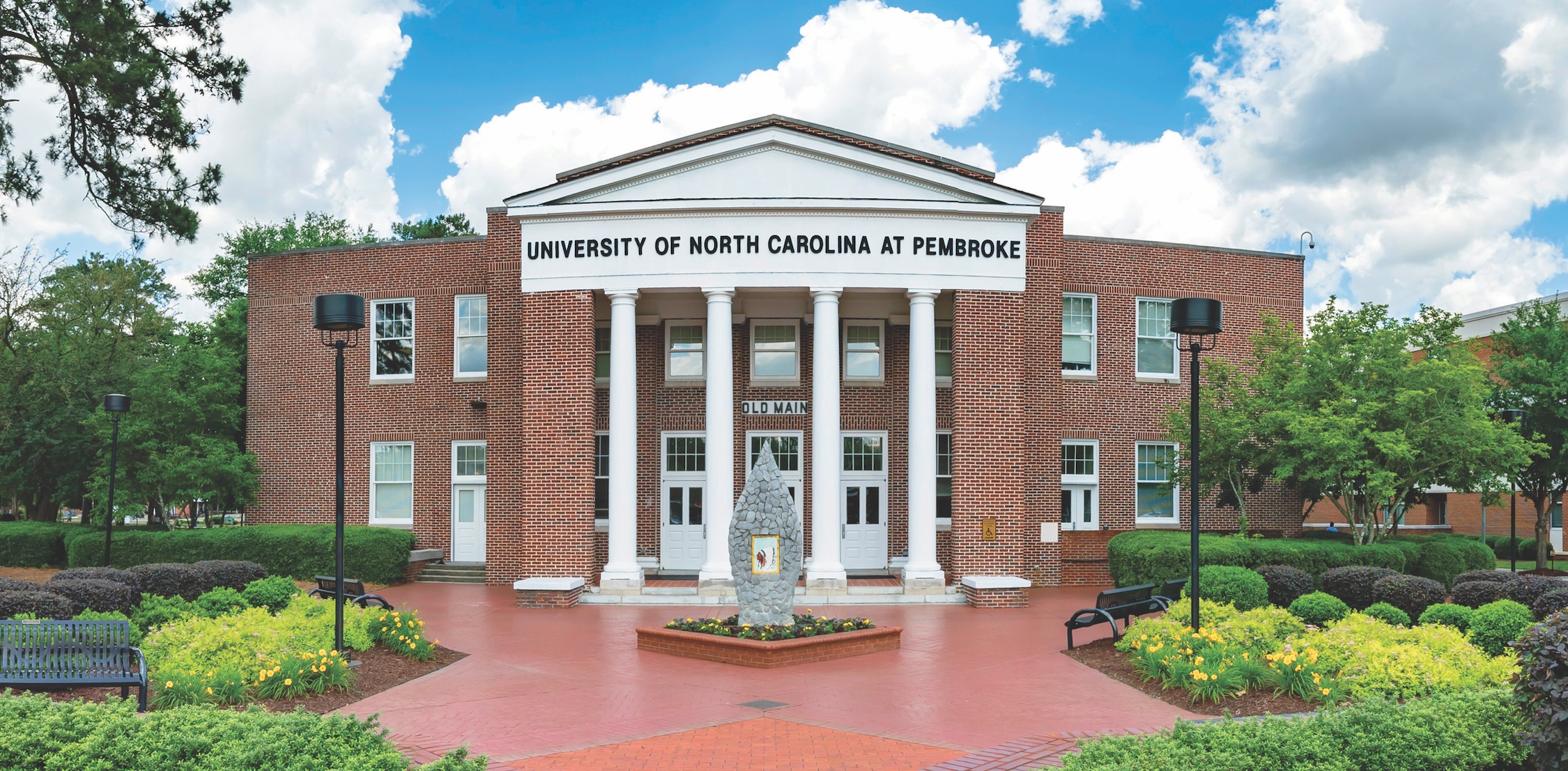
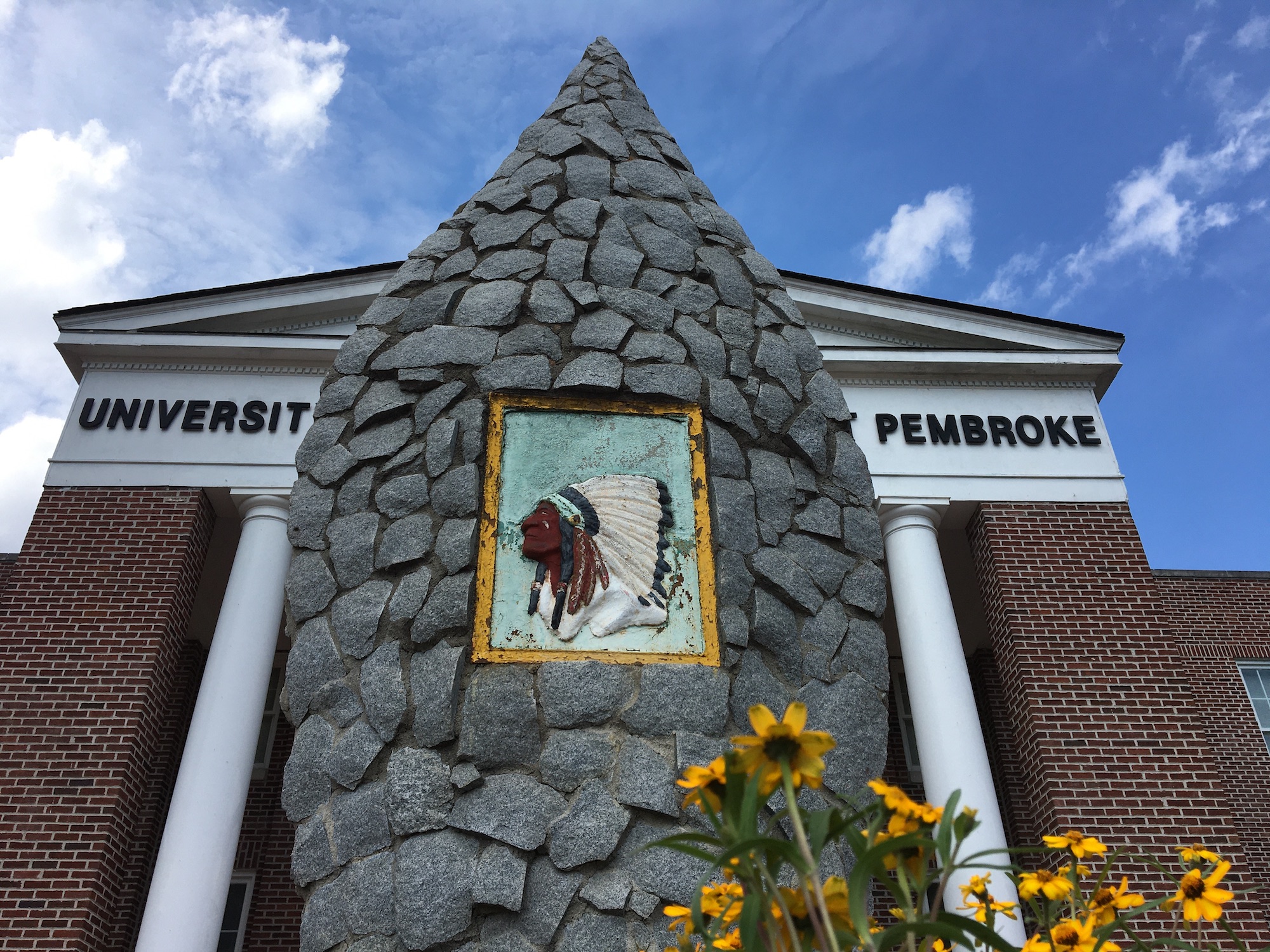
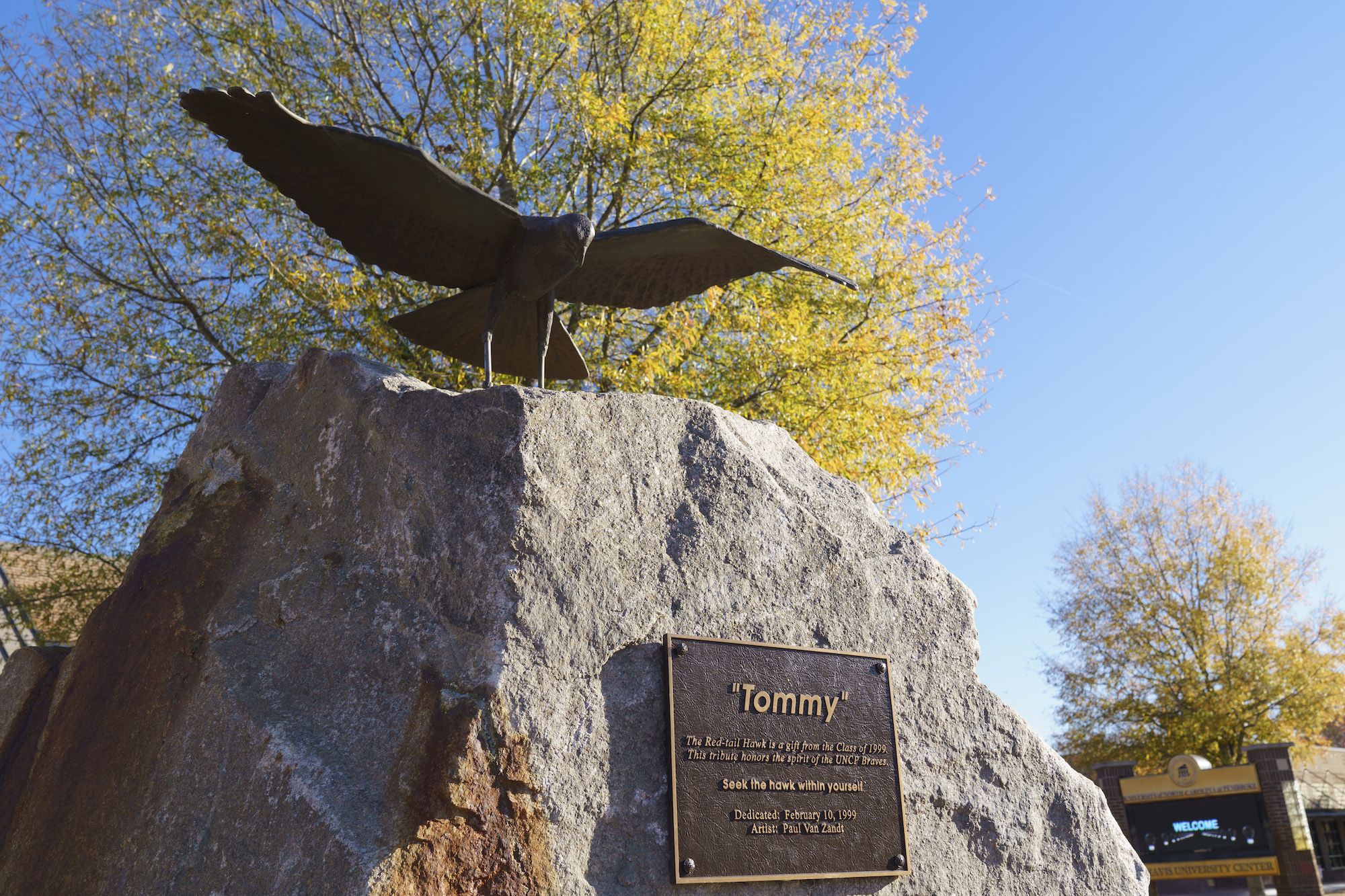
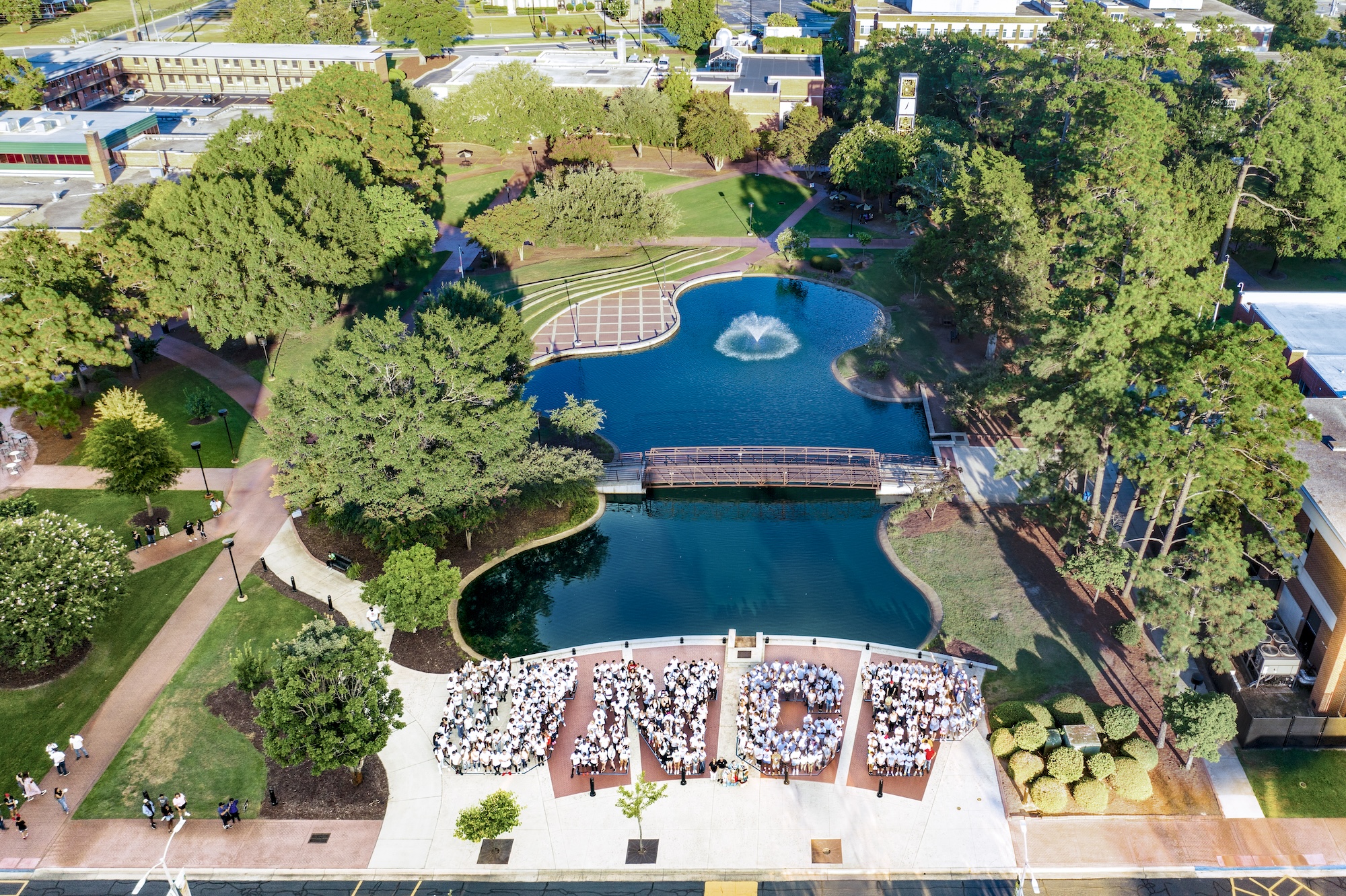
Historical Sites

Font Sculpture
A central part of UNCP history, Font is a black, six-and-a-half-foot tall terrazzo sculpture created by artist Kenneth Matsumoto. Located in Lumbee Hall, the sculpture symbolizes the Lumbee River and its indigenous plant life. It features bronze leaves and a water-like opening at the top. As Matsumoto describes, the sculpture encapsulates our bodies as “vessel for our spiritual souls"

Heritage Oak
Located in the Quad, the Heritage Oak serves as a lasting tribute to UNCP's 125th anniversary. Donated by Green Biz Nursery & Landscaping, the oak was planted in 2013 with a stone marker at its base.

Hamilton McMillan Statue
In 1885, Representative Hamilton McMillan (1937-1916) introduced legislation that gave the Indians of Robeson County a legal identity and schools of their own. On March 7, 1887, legislation was enacted to create the Croatan Normal School, now UNCP. A century later, during UNCP's 100th anniversary, McMillan's statue — which was sculpted by art professor Paul Van Zandt — was unveiled.

The Quad
The Quad is the oldest part of campus and unites the Old Main and Livermore Library. It's a frequent site for students to study, play a game of frisbee or hang out with friends.
UNCP Now
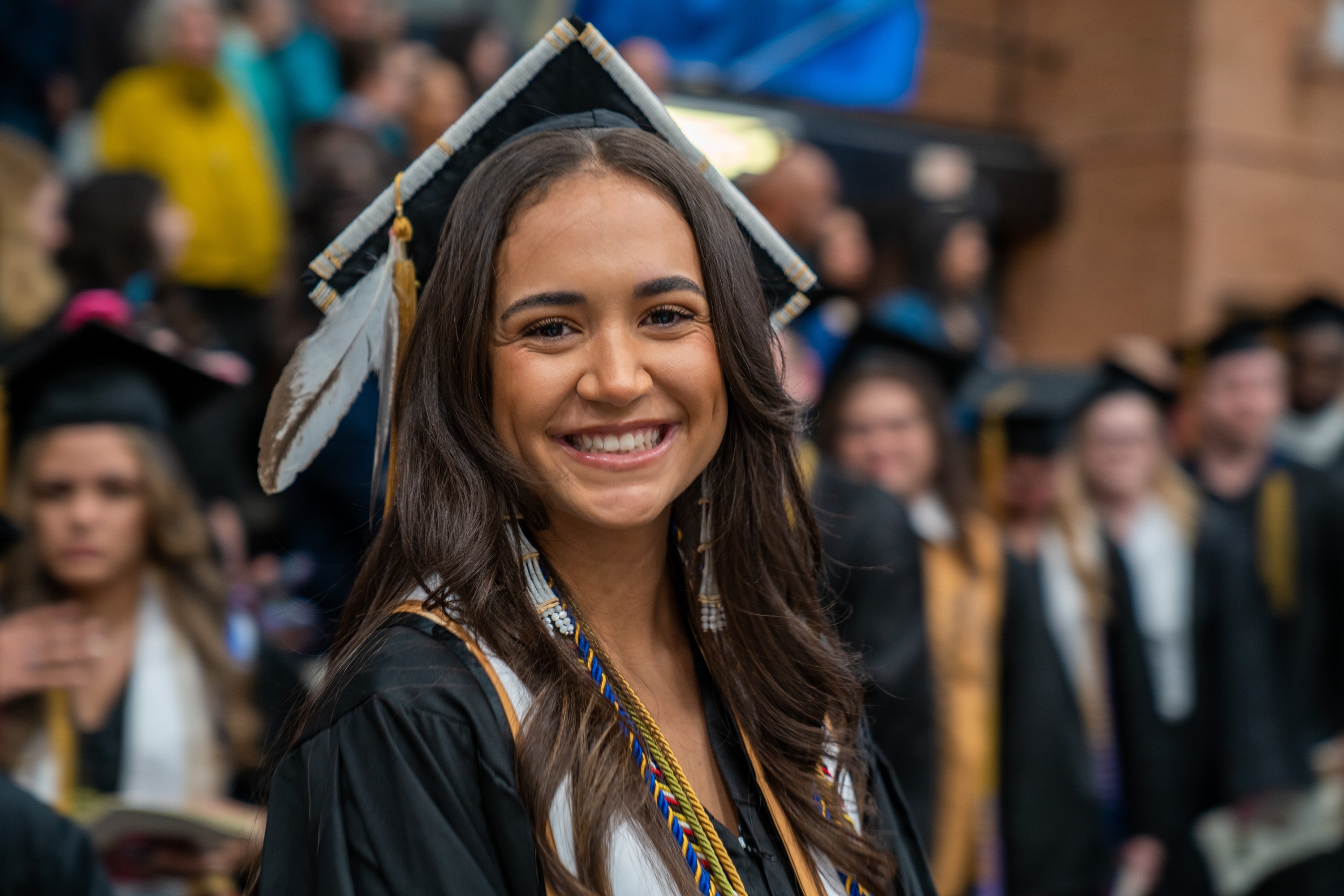
Who We Are
Years of Serving Students
Alumni in North Carolina